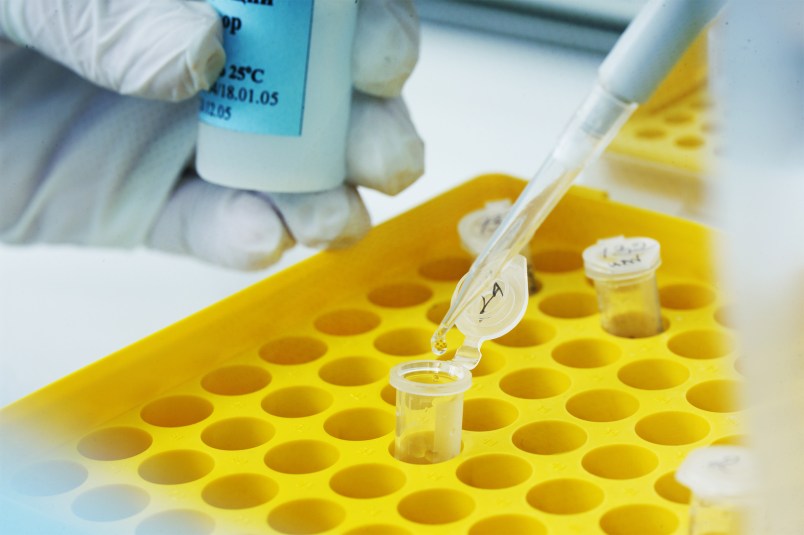New medicines can now cure most patients with a disease that kills more people than HIV/AIDS.
More than 3 million people in the United States have hepatitis C, an often fatal and devastating viral disease. It’s estimated that about half of those infected are not even aware that they carry the virus, showing no symptoms until liver complications occur—including cirrhosis, cancer or even transplantation. Every year, about 17,000 Americans become infected with hepatitis C and nearly another 16,000 die from liver disease related to the virus.
Yet new clinical breakthroughs are giving patients today new reasons to hope.
Innovative new medicines have cure rates of more than 90 percent today—up from just 6 percent in the early 1990s. These new medicines have reduced treatment time, have helped to avoid substantial future medical costs and have the potential to save millions of lives around the world in coming decades.
Facing the Challenge
These positive developments come after decades of research to beat the tenacious disease.
Hepatitis C is caused by infection with the hepatitis C virus (HCV), which is spread primarily through contact with the blood of an infected person. The virus was often spread by blood transfusions prior to 1992, when new screening measures went into effect. It slowly damages the liver over many years, often progressing from inflammation to scarring to permanent, irreversible damage that can put a patient’s life in grave danger. According to the Centers for Disease Control and Prevention, approximately 75-85 percent of people who become infected with hepatitis C virus develop chronic infection.

Innovative new medicines have cure rates of more than 90 percent today—up from just 6 percent in the early 1990s. (Source: Twenty-Five Years of Progress Against Hepatitis C: Setbacks and Stepping Stones)
The disease can devastate more than just a patient’s health—it’s also incredibly costly to treat. Before new hepatitis C treatments were available, it was estimated that total annual medical costs for the hepatitis C population in the U.S. would reach $85 billion over the next 20 years.
From Setbacks to Breakthroughs
Since the virus was identified 25 years ago biopharmaceutical researchers have been working to find effective treatments to fight it. Their progress unfolded step by step.
In 1991, the immunotherapy interferon, the first medicine to treat hepatitis C, was approved by the Food and Drug Administration (FDA). Interferon, an injected treatment that helps the body distinguish between infected and non-infected cells, targeting infected cells, had an initial cure rate of just 6 percent. The drug also brought with it serious side effects, including flu-like symptoms and depression. Between 1998 and 2014, researchers studied many potential new medicines to provide patients with alternatives. Among those, 77 investigational medicines were “discontinued,” “suspended,” or had “no development reported.”
Yet these many failures laid the groundwork for today’s breakthroughs, leading to 12 new medicines approved by the FDA over the same period.
These new approvals increased cure rates to about 50% in the early 2000s. In late 2014, approval was granted to two hepatitis C treatments, both of which avoid the use of interferon and its resulting side effects and bring cure rates upwards of 90% in as little as eight weeks.
These new treatments are on track to save hundreds of thousands of American lives in coming decades. A recent study has shown in the absence of newly available therapies, mortality among patients with the hepatitis C virus would have peaked in 2020 with 69,440 deaths, of which 29,650 would be attributable to liver disease caused by the virus.
Another 75 potential medicines are currently in clinical development in the U.S., including combination, or “cocktail,” therapies and new vaccines. Medicines approved in recent years have cut average treatment time by 75 percent, from 48 weeks to 12 weeks. These potential treatments are projected to provide expanded treatment options for patients, even greater cure rates, and shorter treatment durations. Most importantly, they point toward a future without hepatitis C.





